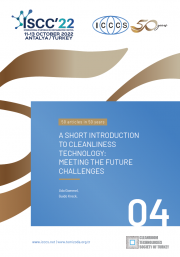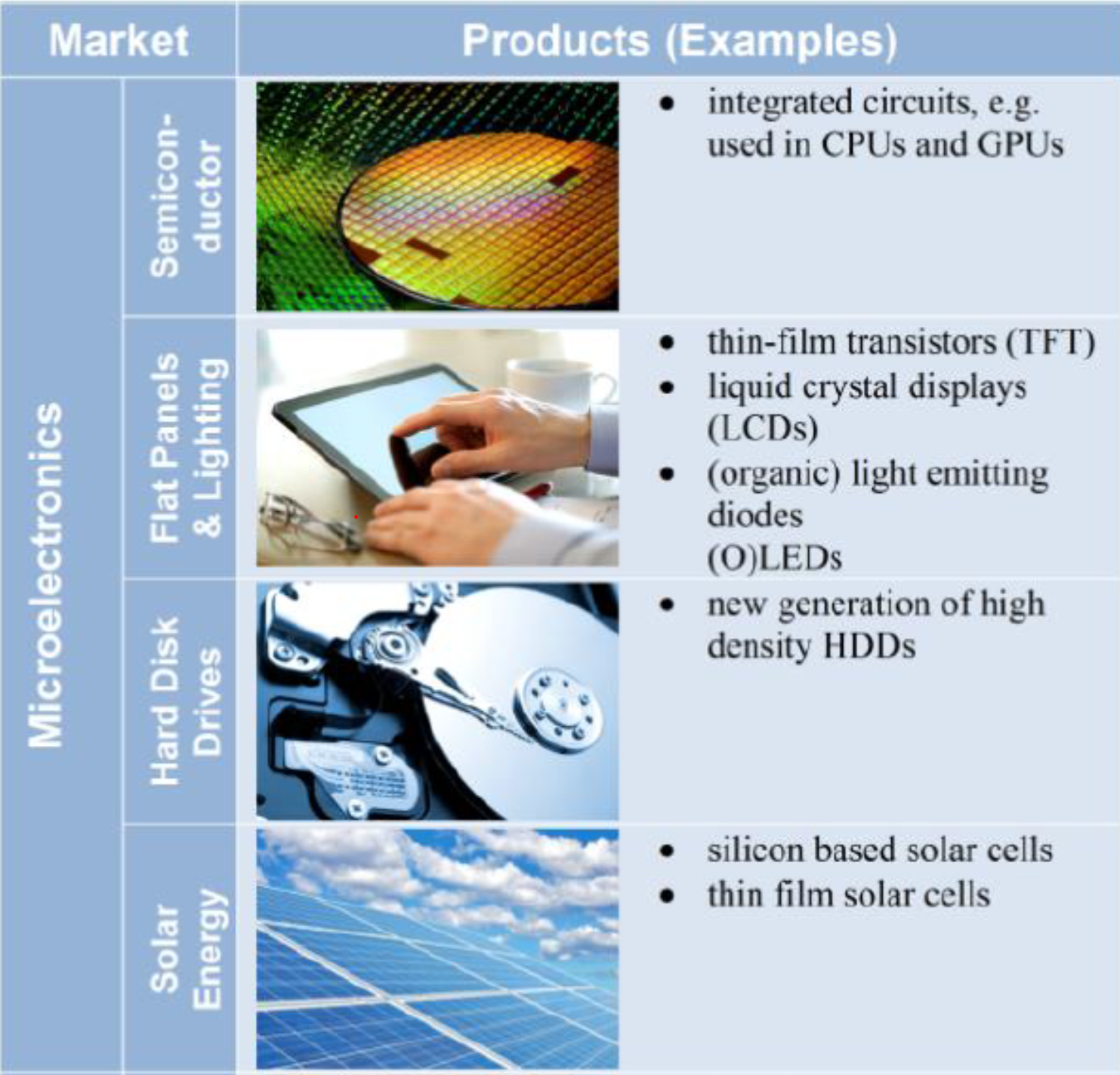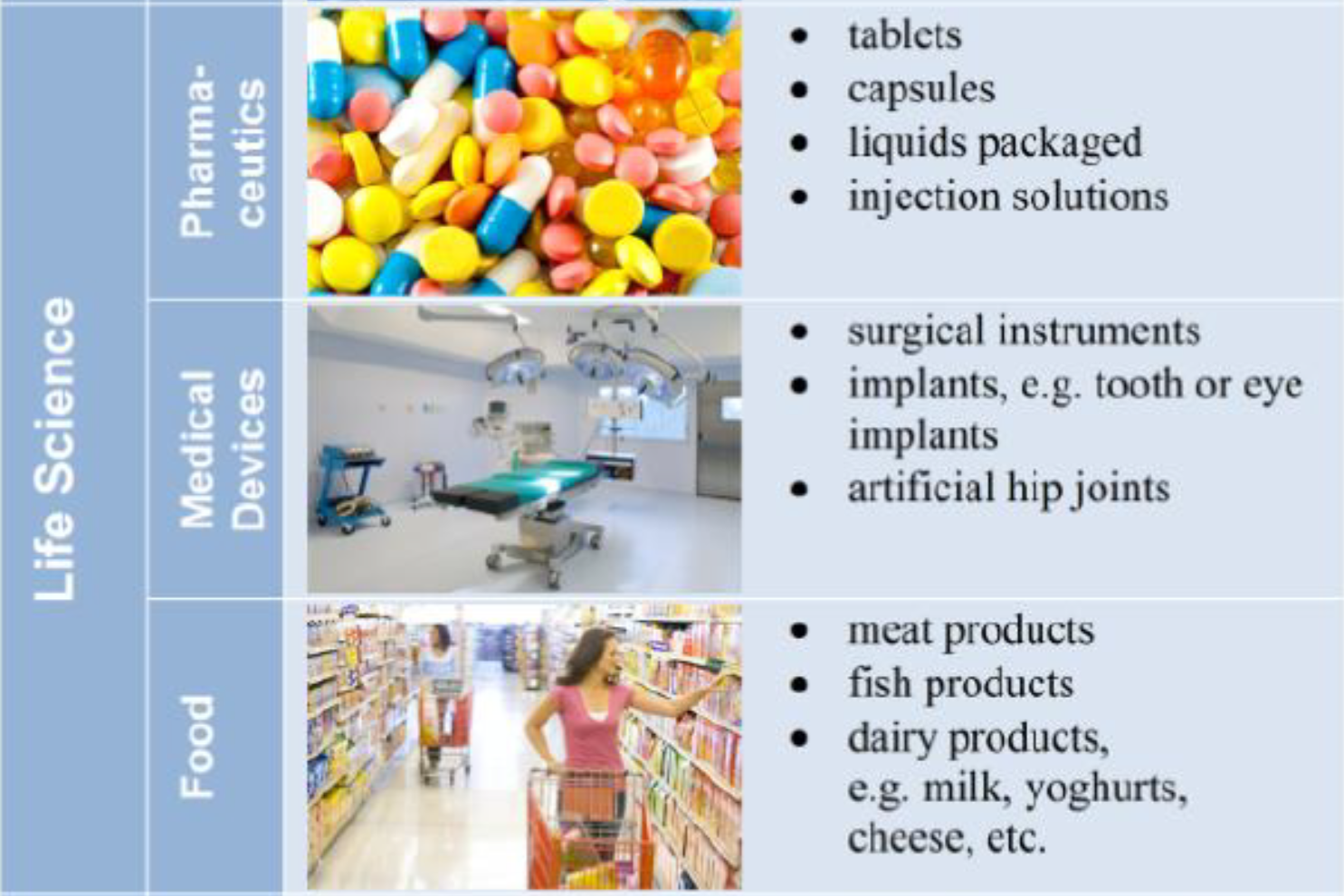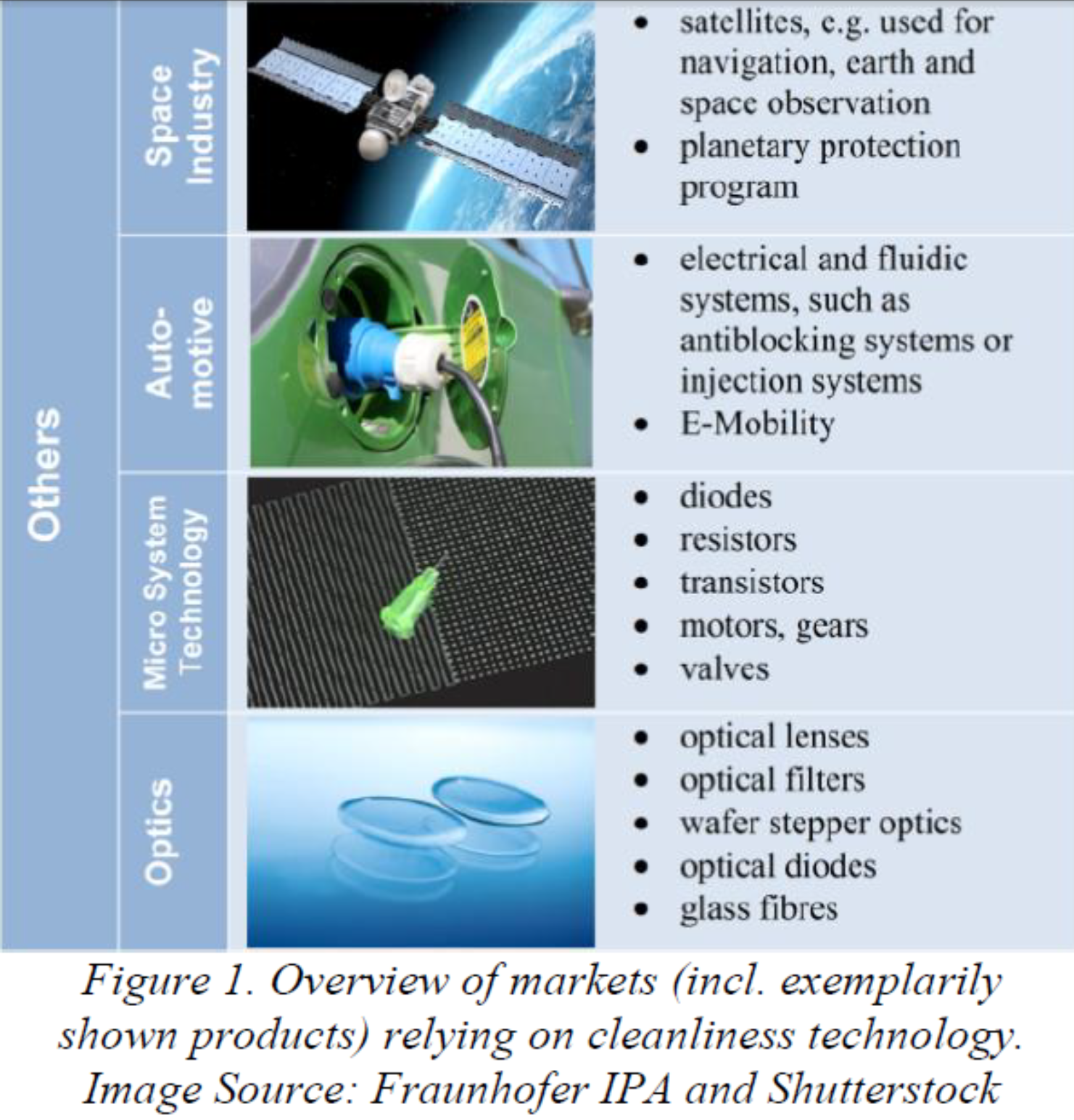A SHORT INTRODUCTION TO CLEANLINESS TECHNOLOGY: MEETING THE FUTURE CHALLENGES
Authors:
Udo Gommel, Guido KreckKeywords:
Cleanliness Technology, Cleanroom Technology, Contamination Control, Medical Devices, Pharmaceuticals, Semiconductors, Space Exploration, Flight Hardware, AutomotiveAbstract:
For semiconductor components, the demand to improve performance and velocity as well as energy consumption is met through miniaturization. The continuing trend to miniaturize semiconductor structures can be observed since several decades and requires, among other things, sophisticated cleanliness technology. Cleanliness technology in this context is to be understood as the chain of all activities taken to control and reduce all contamination harmful to the product. Because of the very challenging particulate and outgassing contamination levels, semiconductor industry still claims technological and economic leadership in terms of cleanliness technology. But no longer only semiconductor industry is relying on cleanliness technology as the following case studies graphically demonstrate:In life science industries, mainly microbiological contamination is controlled to prevent users and patients from severe health issues caused by poor hygiene or cleanliness of the highly effective pharmaceuticals or very innovative medical devices.
Space exploration combines nowadays the challenging cleanliness requirements of semiconductor and pharmaceutical industry to be in compliance with the planetary protection program, the guiding principle to preserve planetary and terrestrial conditions for future generations.
And even automotive industry discovered the benefit of cleanliness technology almost ten years ago: Metallic micro sized particles (>50μm) were identified as critical contamination because they can cause malfunctions in fluidic and electronic vehicle systems such as antiblocking systems.
By having a closer look on these three case studies, the increasing importance and on-going diversification of cleanliness technology can be shown and also the challenging future requirements of cleanliness technology over the next few years can be derived.
Article:
Introduction
The knowledge about cleanliness is very old and dates back to ancient times when medicines first recognized the importance of microbiological cleanliness, in this context often called “hygiene”. The first scientific cleanliness technology approaches in modern times were also made by medicines like Semmelweis and Lister. Their proposed disinfection methods established in hospitals and operating rooms reduced the infection and mortality rate of patients dramatically. The acknowledgement of their work in sciences finally resulted in the awareness that there is critical "invisible" contamination and that such contaminants must be controlled. At the very beginning, this principle was mainly applied to protect human health and safety. But soon, starting at the first half of the last century, this knowledge was also transferred to the production of contamination sensitive products, components and systems, e.g. integrated circuits, flat panel displays, hard disk drives, PV modules, pharmaceuticals, medical devices, automotive turbochargers - and so on and so forth. This list of examples could be continued almost ad infinitum and demonstrates the daily increasing and highly diversified application fields of cleanliness technology. In this understanding, cleanliness technology means the chain of all activities taken to control and reduce contamination harmful to the product as well as human health (Gail et al 2012).
Depending on the branch of industry and process concerned, different forms of contamination have a damaging influence on the product. An industrial survey carried out by Fraunhofer IPA in 2003 confirmed that the greatest problem in clean manufacturing continues to be submicrometer-sized particles, followed by molecular contamination (outgassing), electrostatic discharge phenomena (ESD) and microbiological contamination (Gommel 2006).
To reduce the contamination to a non-critical, tolerable level, cleanroom technology as one very powerful instrument of cleanliness technology was developed, mainly to remove biotic and abiotic particles from the production environment by a constant air filtering, air exchange and aircirculation.
Because of the very challenging contamination levels, semiconductor industry still claims technological and economic leadership in terms of classical cleanliness technology. But no longer only semiconductor industry is relying on this technology (Figure 1). The following three case studies out of different industry branches demonstrate the increasing importance, on-going diversification and future challenges of cleanliness technology.
 Click to Download PDF
Click to Download PDF



